|
It's been a while since I have posted an update on my experiments with my pyramid haystack system. I've been working with beefing up the haystack frame with cedar posts, and covering the stack with used billboard tarps. To follow the whole thread, you can start at the first haystack blog post. For this update I posted three new videos on YouTube showing how I build up my pyramid haystacks. I also have the videos posted at the bottom of this blog entry. Over the years I have often been asked how I get the shape of the stack to come out so well. It seems to be something people are having trouble with. Like many of my previous scythe videos, I don't shy away from showing how the work gets done in real time, so I don't speed up the footage. My intent is to give a realistic sense of the time and amount of work involved. But don't worry, my Siamese cat does his best to keep you entertained! Haystacks are not just a lot of hay pitched into a pile with a hayfork. Haystacks need to be carefully constructed, so as the mass of the stack piles up, the layer don't start to bulge, and slide off, or get squeezed out. A haystack is a more like a fiber sculpture. It needs to be built up in horizontal layers, and the layers need to mesh together, kind of like felt. After setting up the wooden uprights and platform, I like to start with the longest, coarsest grass hay as my bottom layer. This spans the gaps between the wooden slats better. I build up the stack in relatively thin horizontal layers, trying to criss-cross the longer stems as much as possible;. especially at the corners. I keep the outside as vertical as possible, as high as I can reach. Each arm full of hay is carefully placed on the stack and given a bit of a wiggle, to help the stems interlock a bit. The stack becomes more fully interlocked as the weight of the layers starts to add up, and compress the bottom layers. This takes some skill and forethought to get the hay to mesh and compress into the desired shaped. I've been told by people from Romania, that back in the old country, the oldest people were on top of the giant Romanian haystacks, shifting and stomping down the hay, while other fork up more hay for them, not because it is the easiest job, but because they have the most skill at forming the shape of the stack. My pyramid haystack will be much easier to form than those huge Romanian stacks, but care must still be taken to get the shape right. If I have various types of hay ready to stack at the same time, I place the coarser grass hay on the outside edge, and place the finer, greener or leafier (clover or alfalfa) hay in the middle of the stack. The Capstone Since I cover the haystack with a tarp to protect it from rain, and because I add hay to the stack in stages in the summer, as I make it, and also as the stack settles, and since I remove hay as needed in the winter, there are times when the tarp is in contact with the top of the wooden uprights. Being directly in contact on the wooden edges quickly wears the tarp out and breaks through, especially when the tarp is flapping in the wind. With my earlier stacks I would place a big wad of hay at the top, to make an "eagle's nest" of sorts, to cushion the tarp from the sharp edges. But once I started to use cedar posts for the uprights, instead of 2x4's I finally discovered a use for some Little Giant black rubber feed pans that I had, that had warped in the sun. I liked to use Fortex brand black rubber feedpans for my geese, and they were essential for my goslings first water pans. It was easy for the little goslings to get out. But then my farm supply store switched to cheaper Little Giant pans, the stupid things would curl up like a tongue, when left out in the hot sun. Which I was really annoyed by until I discovered that they fit snuggly on top of the apex of my pyramid haystack frames. Unwarped ones do not stay put. Finishing the HaystackI still have not managed to film how I finish the stack before it has gotten too dark for the camera, so I will just have to tell you here for now. I like to construct the stack as carefully as I can for the lower layers. These will compress a lot as you keep adding more hay, and will become the foundation that supports a lot of hay. Once the stack has been built up to a level I can no longer reach by hand, I switch to lifting the loose hay of the drag tarp and up and over onto the top of the stack. The forks will be upside down and shove and pat down what hay I can reach. I still try to maintain a level top as long as possible, to make it easier to keep adding layers of hay from future cuttings. Once you put the tarp covering over the haystack, it will round off the top some anyway, and the roundedness will get more pronounced as it settles. CoversThe large 12'x12' drawstring yardtarps that I used to cover these haystacks with, are no longer available, so as suggested by a commenter on my first haystack article, I have been experimenting with used bill board tarps. There is a company not too far from here specializes in repurposing them. I must say, they make fantastic haydrag tarps. They are much stronger than regular tarps, and much more wear resistant, and slide easily over the grass. As a haystack cover they are much heavier and stiffer than the yard tarps, however. A new problem I have now, which I never noticed with the yardtarp, is that in the morning as the sun warms up the south side of the stack, condensation collects under the tarp on the north side, and a wet moldy patch of hay develops near the top on the north side. To prevent this I try to remove the cover during the day whenever I can and no there is no rain in the weather forecast. If some hay does end up getting wet and moldy, I pull it out and use it for mulch in my garden. Because this area has such high winds, I need to cover the stack with a net of some sort, when the cover is not on, otherwise the wind peels the hay off of the stack, layer by layer, and scatters it all over the yard. The ruggedness of the billboard tarp does protect the haystack very well during howling winds with torrential downpours, we get here, and also the heavy wet snows we get here in the winter. The tarp needs to be secured very well during high winds. I do this by wrapping and tying a rope around a corner of the tarp and the cedar uprights of the stack. In conclusion I would say that the billboard tarp is heavier and much more awkward to maneuver than the drawstring yardtarps, and condensation is much more of a problem, but conversely the hay is better protected from wet weather by them. I am still using the hay from the first haystack that I made the summer of 2016, and other than some musty, moldy areas on the north side near the top, the bulk of the stack has remained dry and has a good color.
Where to go from here? A red barn with a loft for loose hay would still be the ideal alternative, of course. However these stacks could be put up inside a polebarn, and keep the hay neatly contained and up off the ground, and it would keep very well with no need for a any cover. For those of us with no barn, these bill board tarps do work. If you would rather use a drawstring yardtarp, you could change the dimensions of the stack to fit the smaller 8'x8' drawstring yardtarps that are still commonly available. I would think using 7ft lumber for the uprights and the platform would result in a smaller stack that the 8'x8' yardtarps, would fit much more nicely. It would also be easier for shorter people to make and manage one of these pyramid haystacks. I hope to test that theory of mine in 2018. In the meantime I am still looking for someone to make a waterproofed canvas version of some sort. I've had several offers and leads over the years, but nothing has "materialized" of it so far. If you have any suggestions, let me know! Thanks for reading my blog. I hope you enjoy making and stacking hay in the upcoming season. - Botan Anderson
2 Comments
Patrick
11/29/2018 09:33:10 am
I’ve very much enjoyed these videos and blog post. I’d love to know what you estimate the tonnage of hay in one of these stacks is? How many bales it compares to. I’m planning on putting up loose hay this coming summer. Thanks!
Reply
1/17/2019 02:51:52 pm
I estimate that a fully settled haystack of dry hay, with the dimensions of 8x8'x7' (height not counting the space under the platform) weighs about a ton.
Reply
Your comment will be posted after it is approved.
Leave a Reply. |
Botan AndersonArchives
March 2023
Categories
All
|
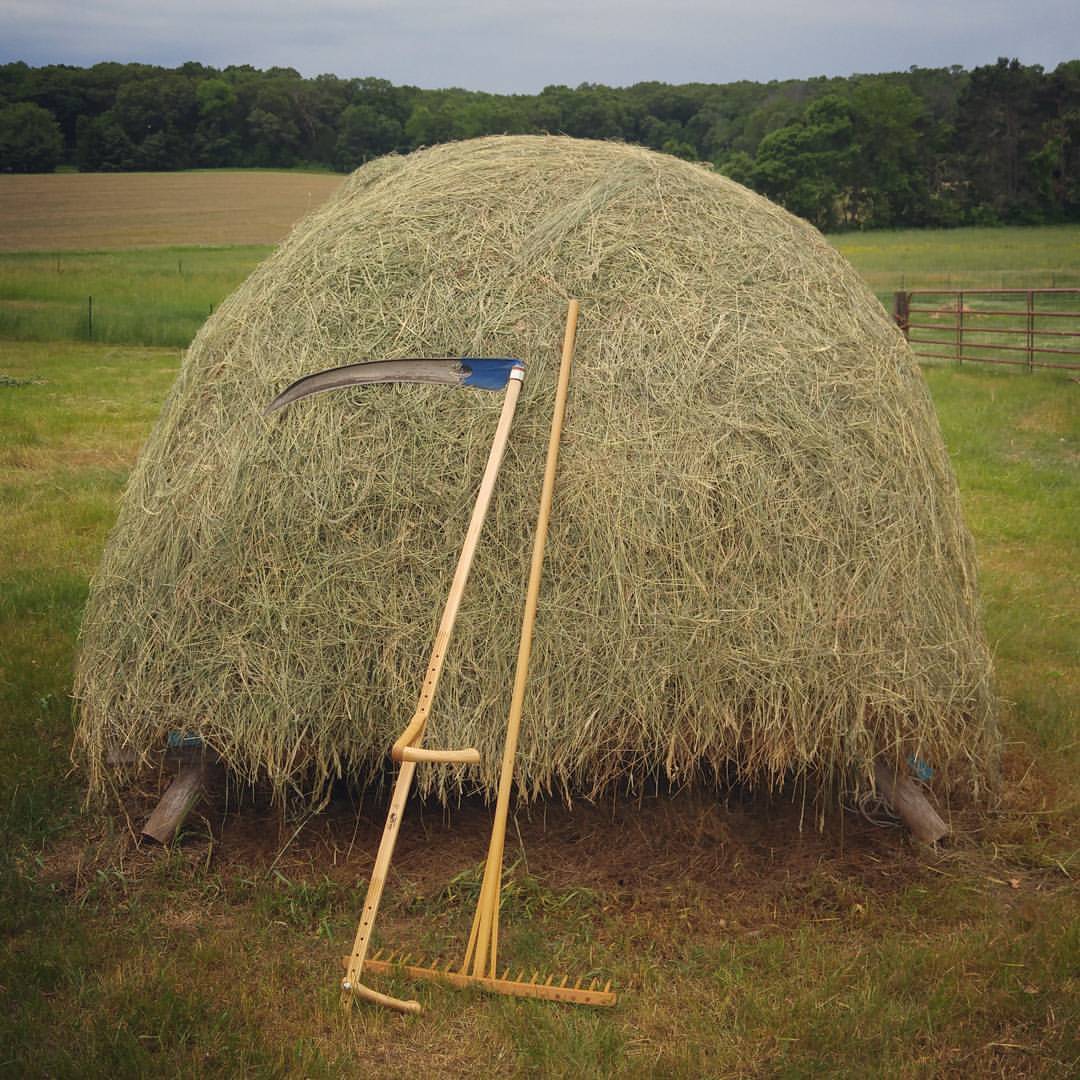
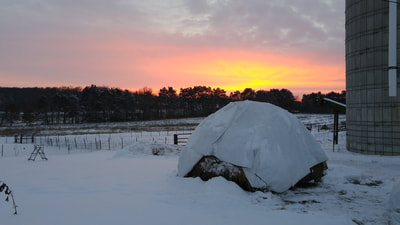
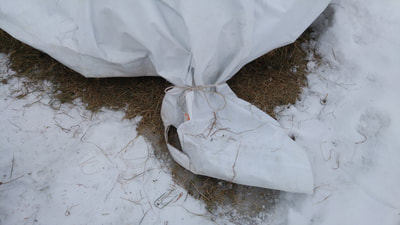
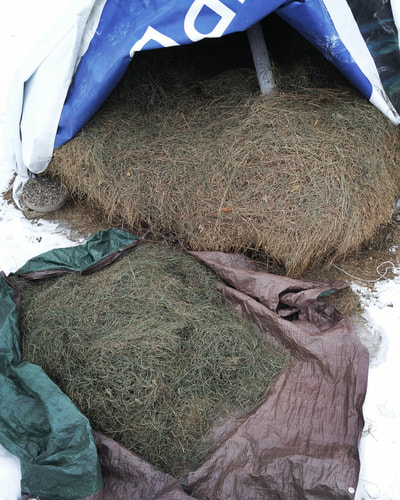
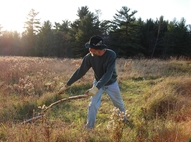
 RSS Feed
RSS Feed